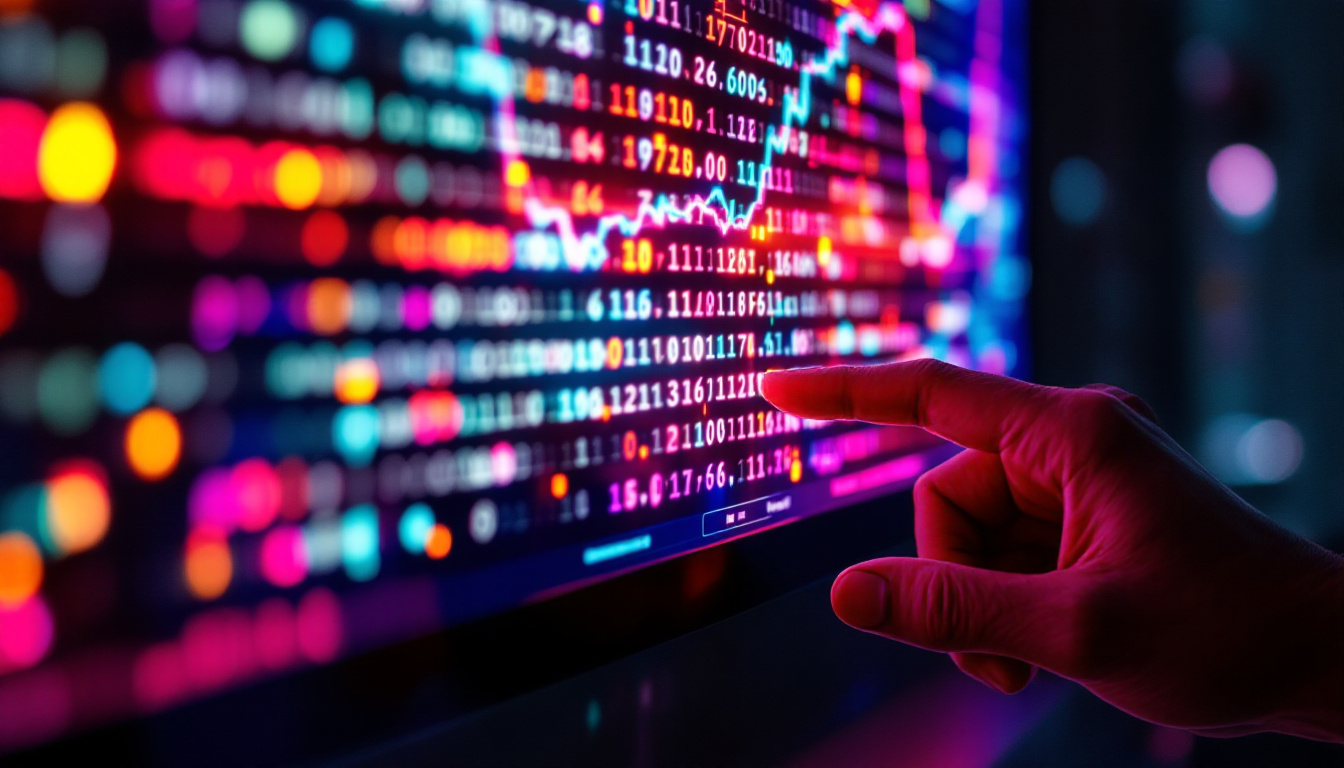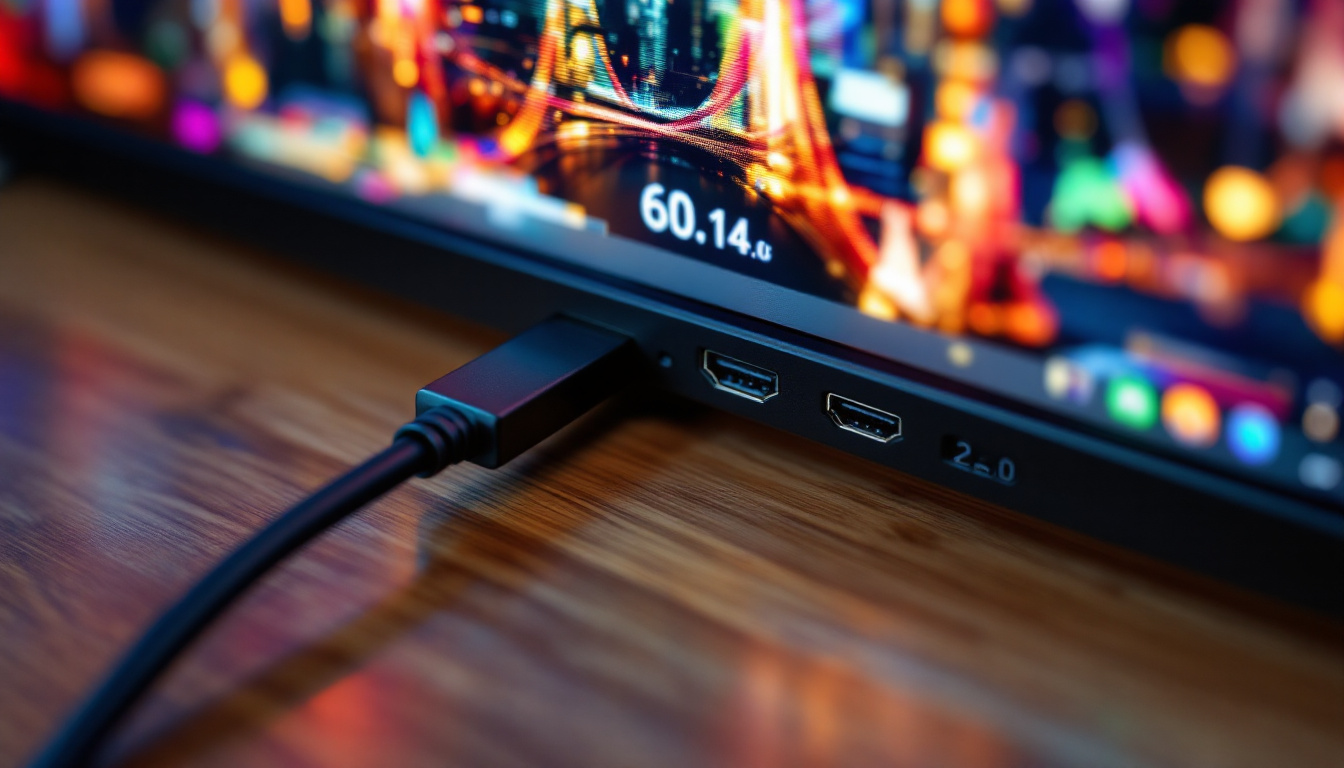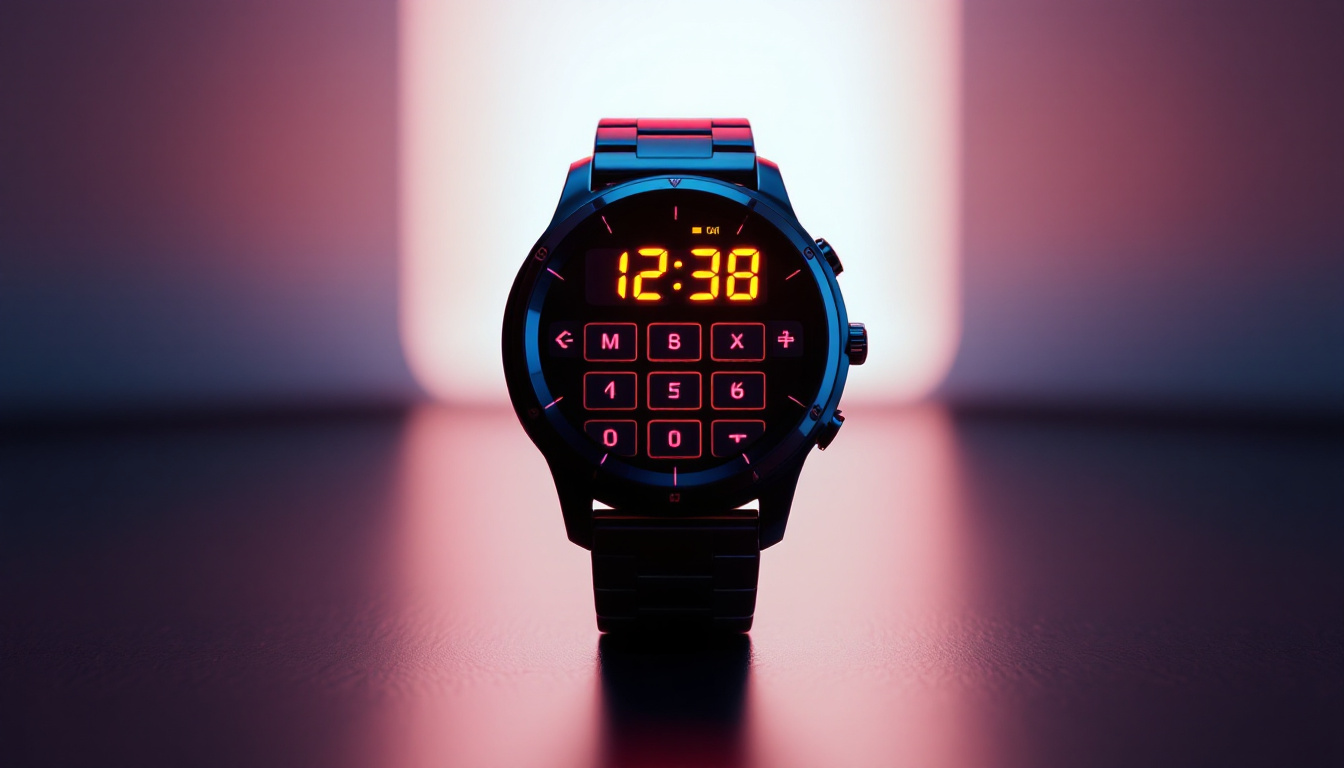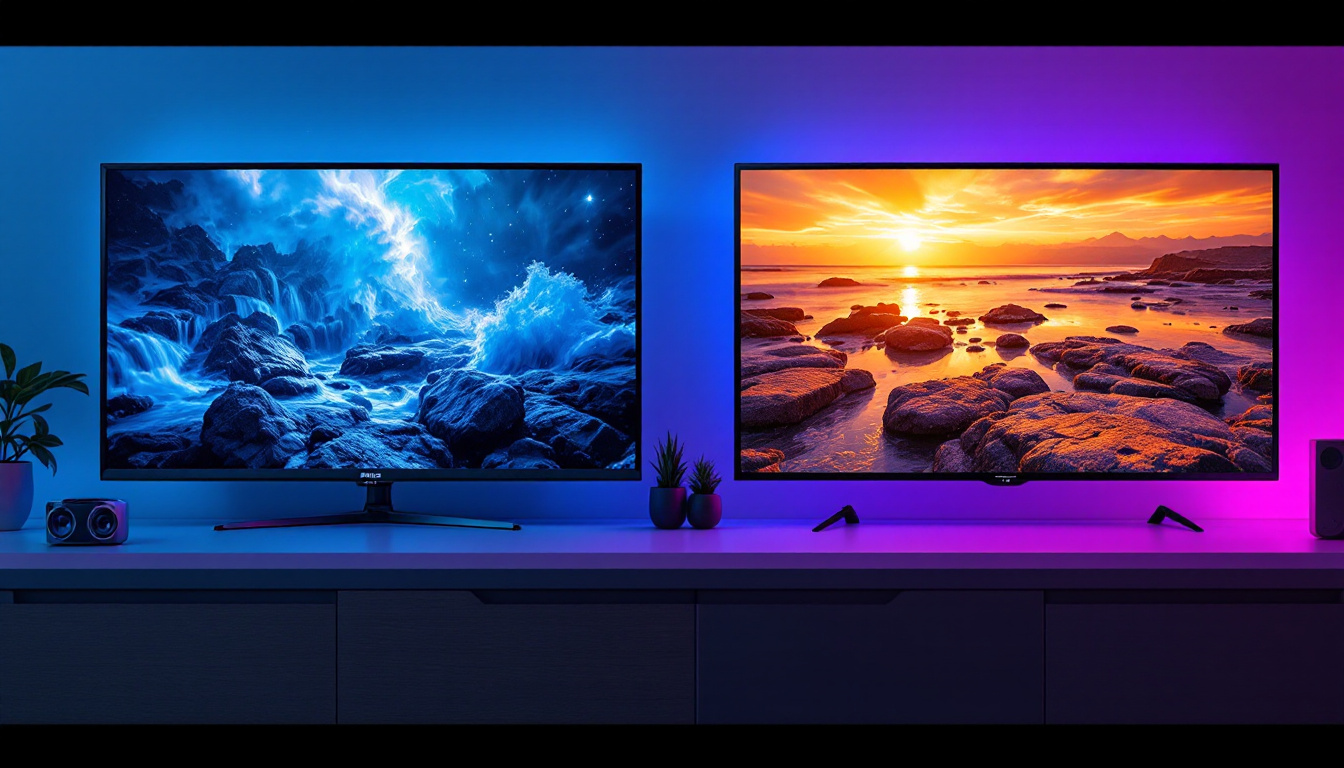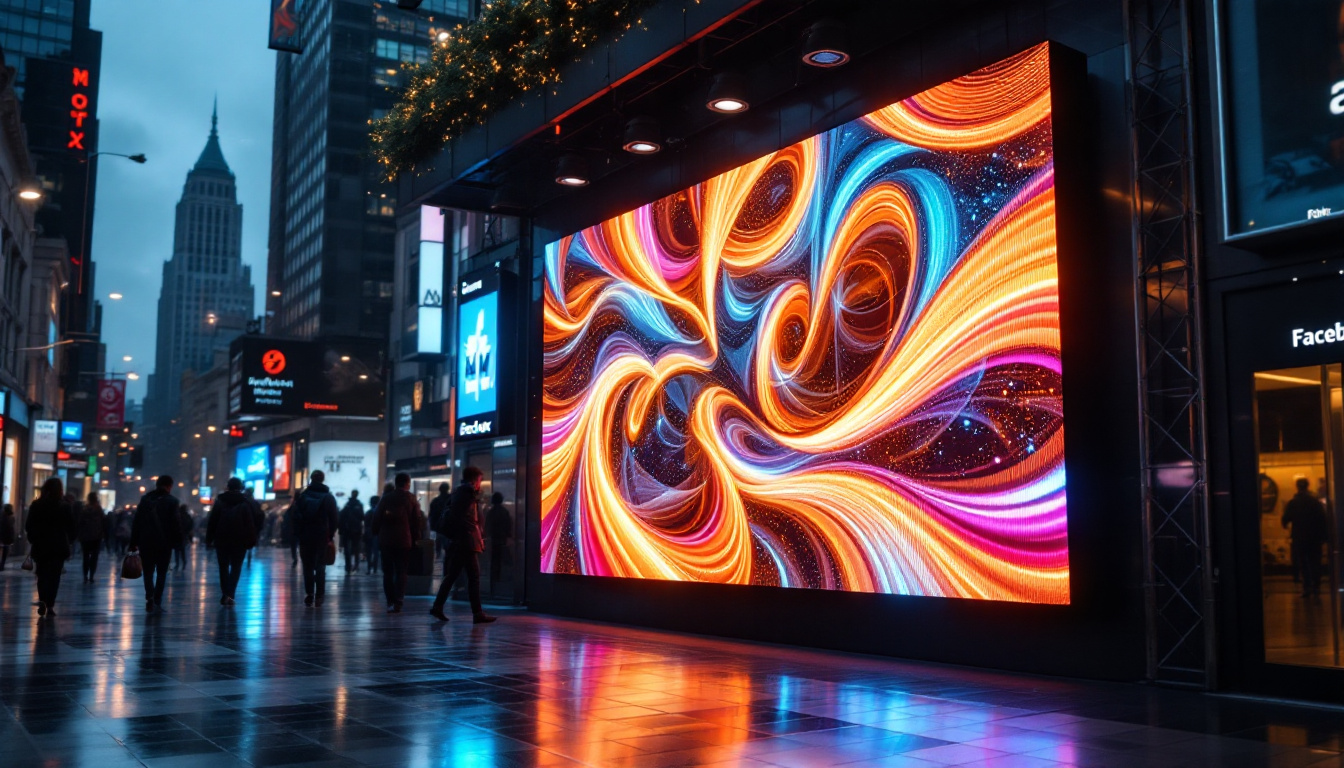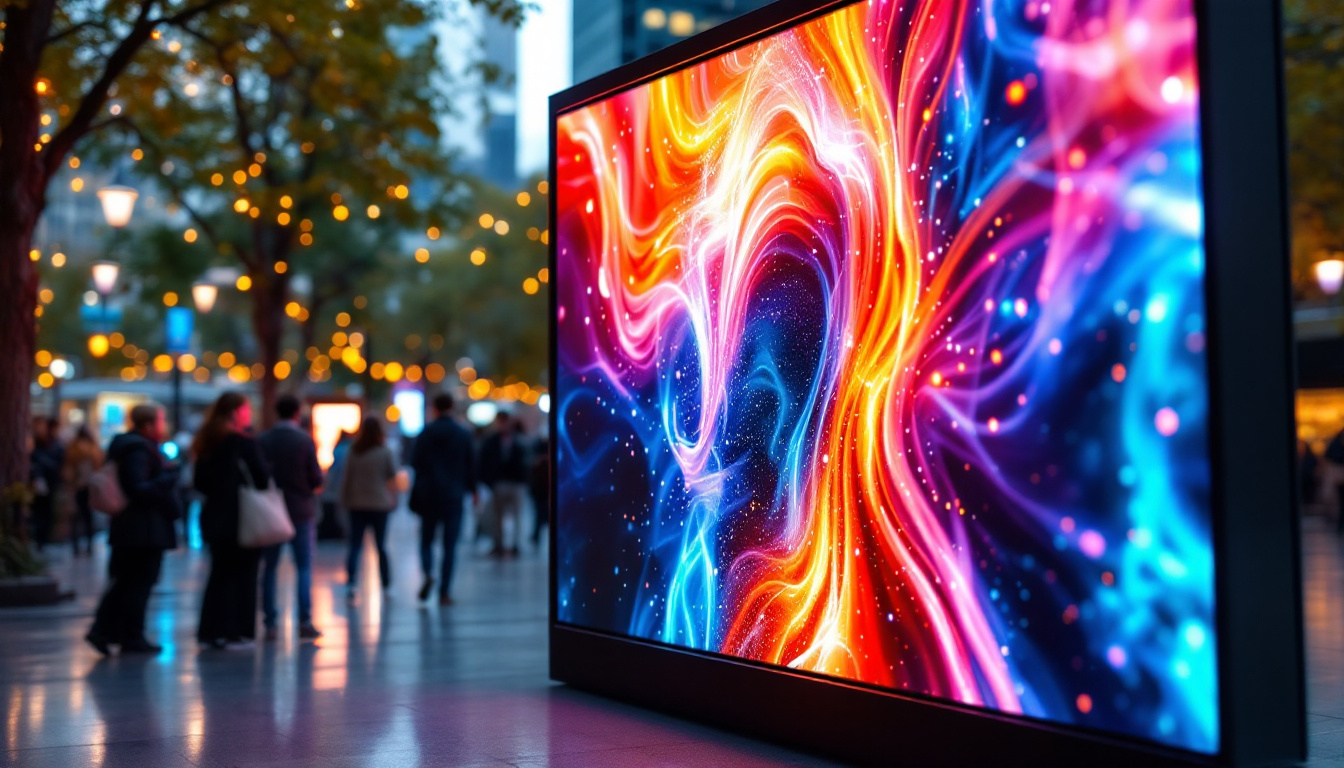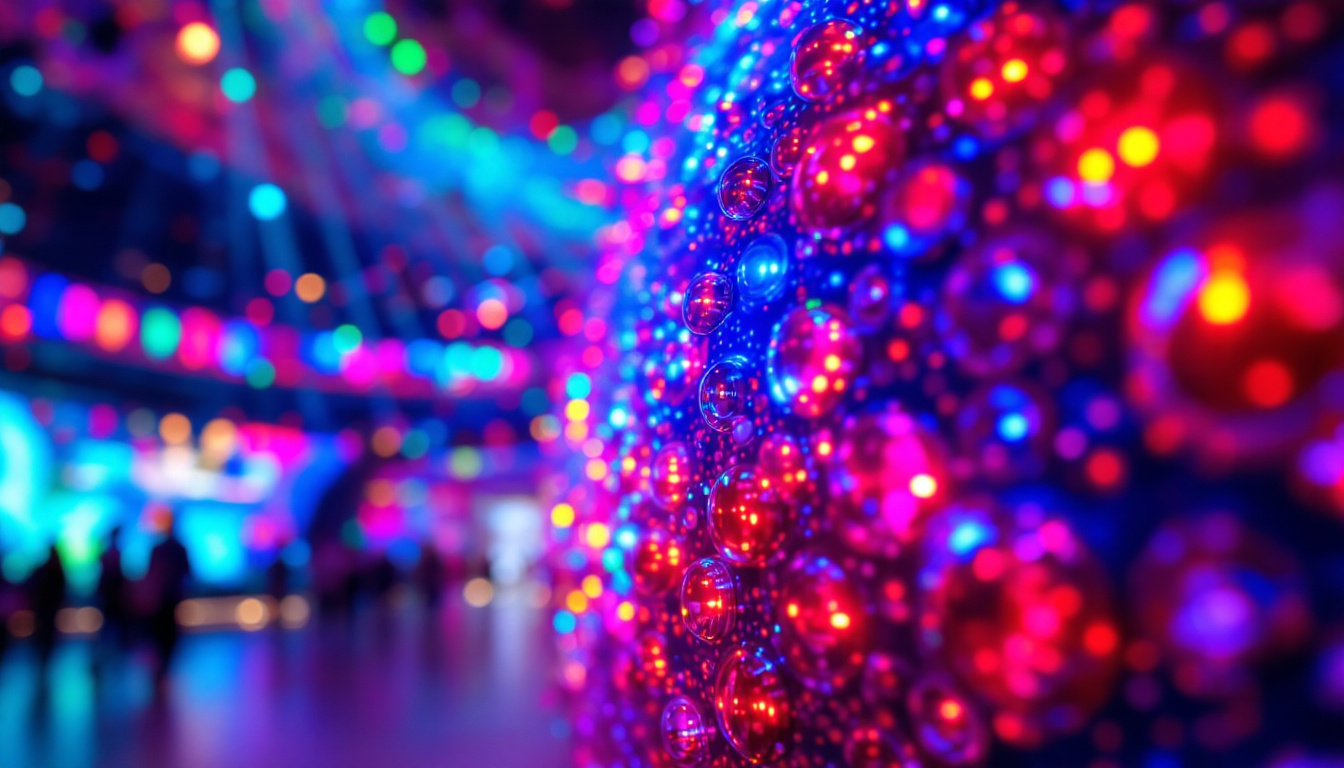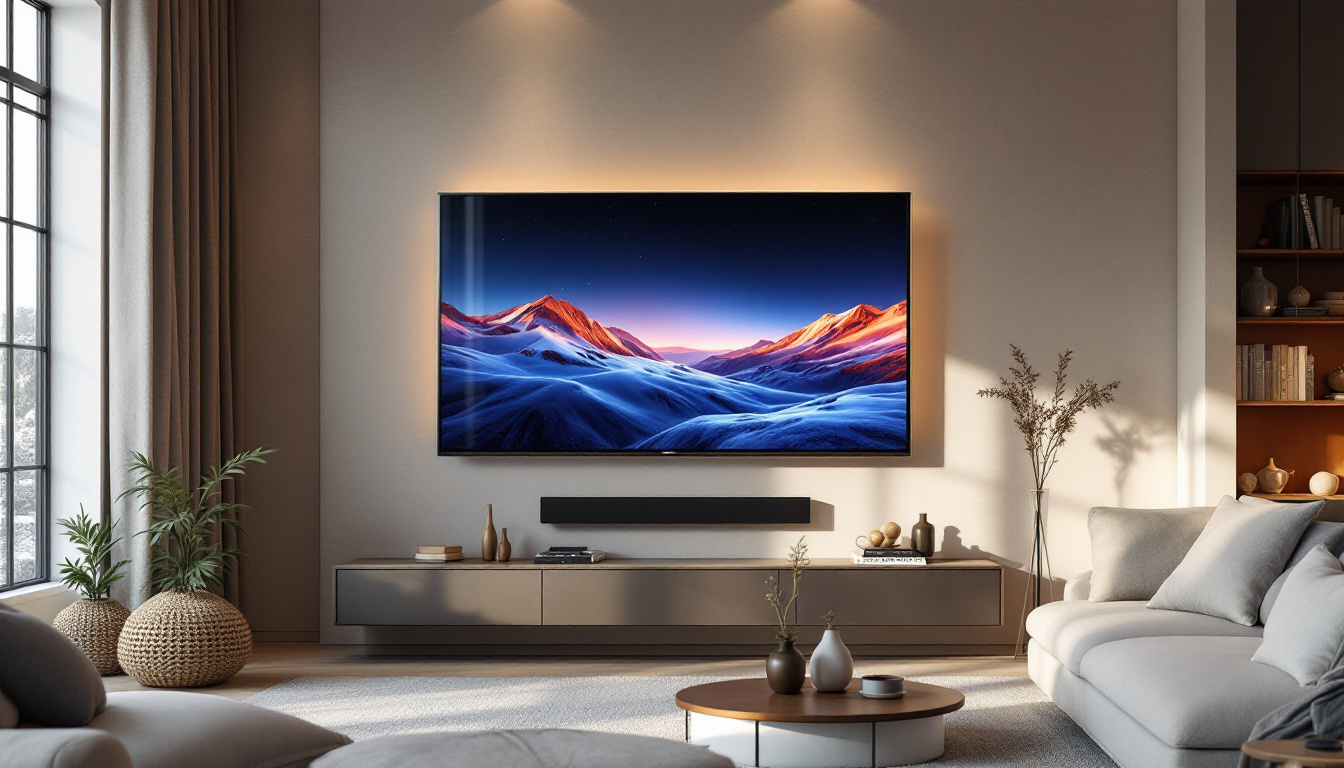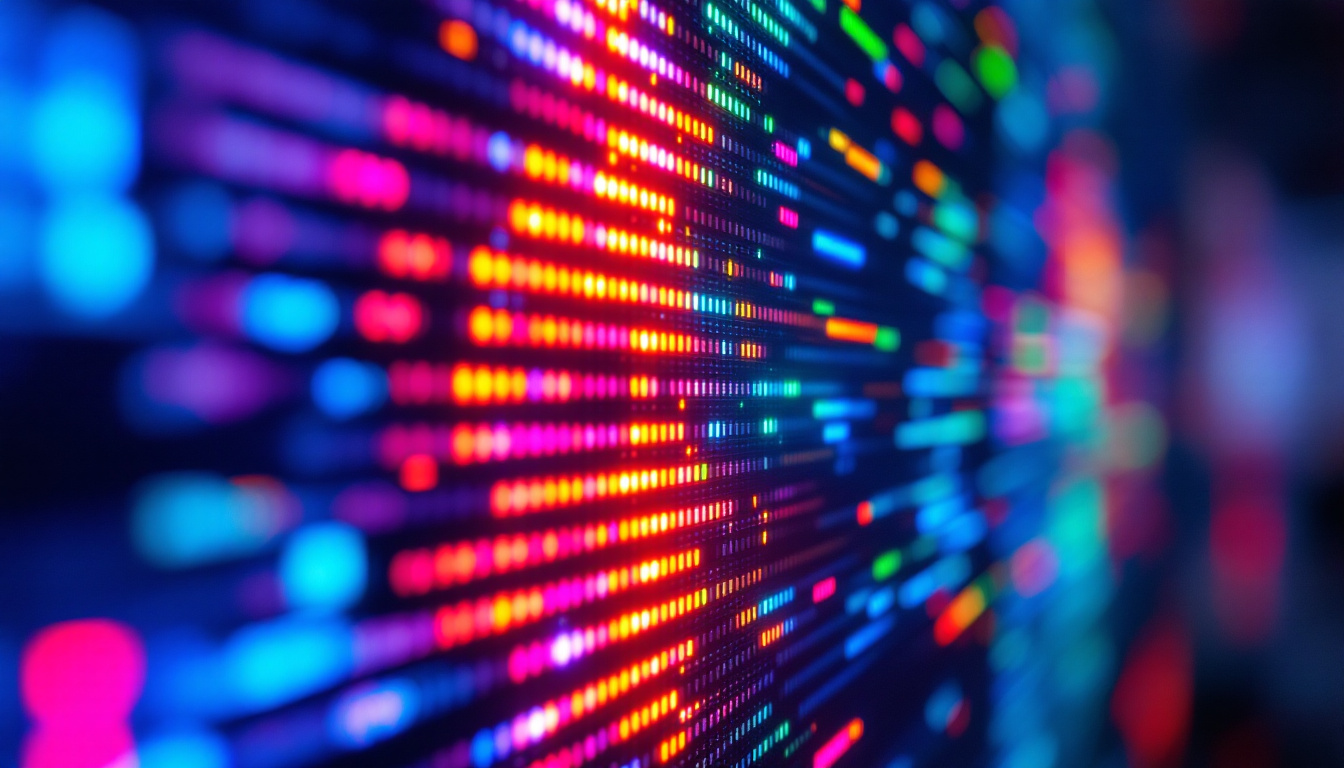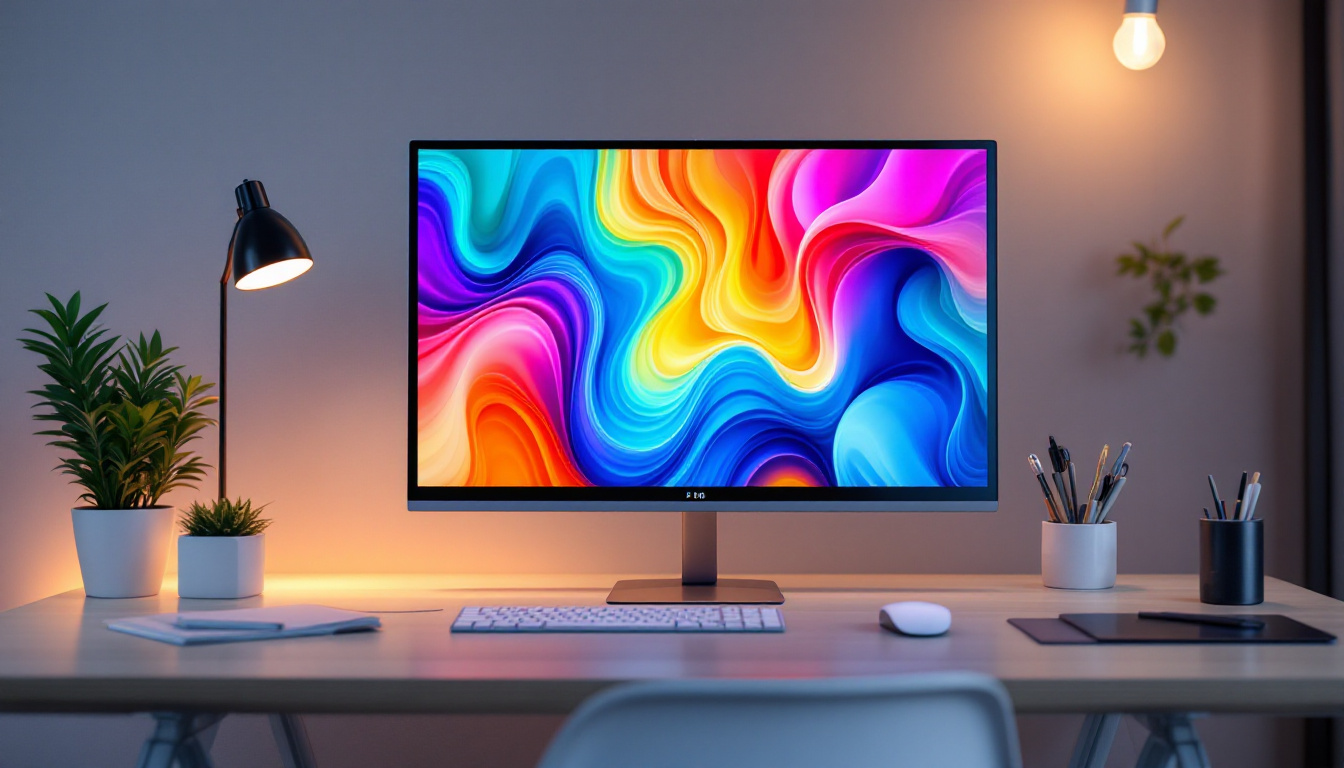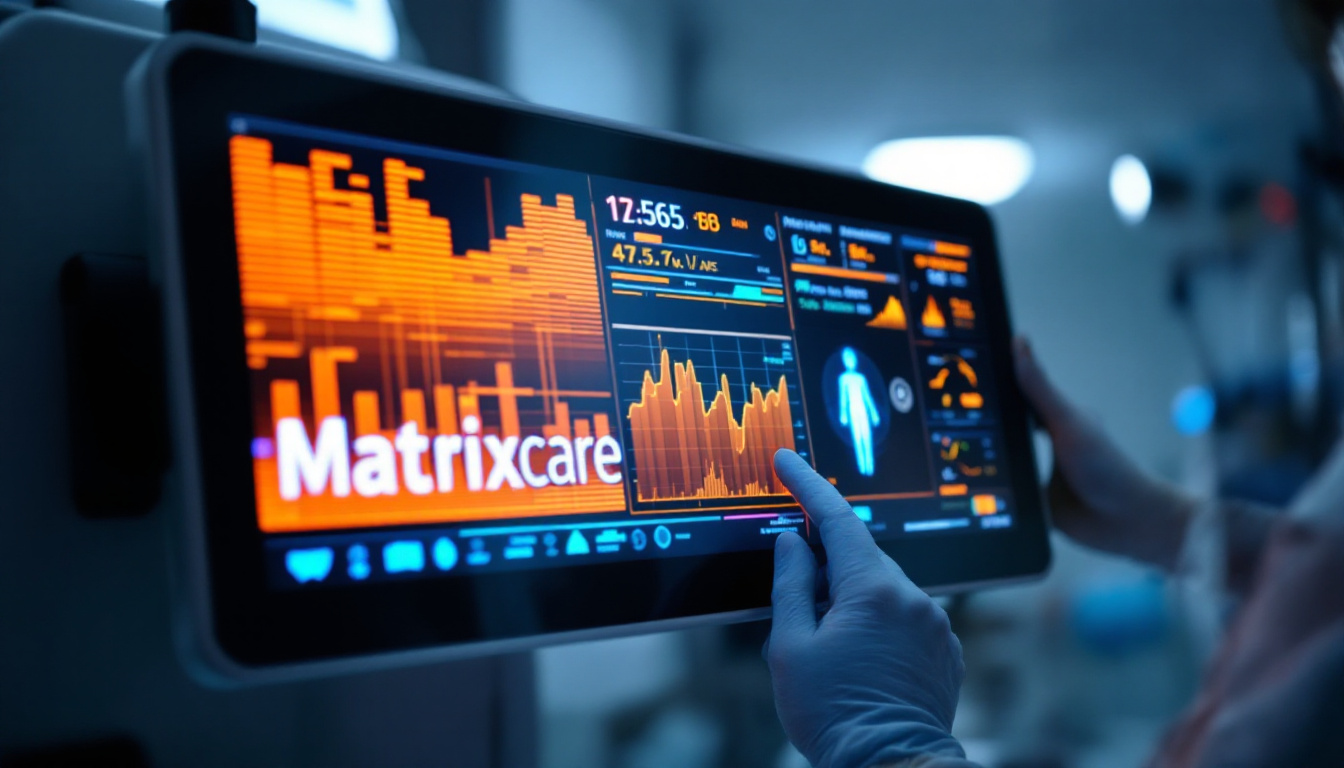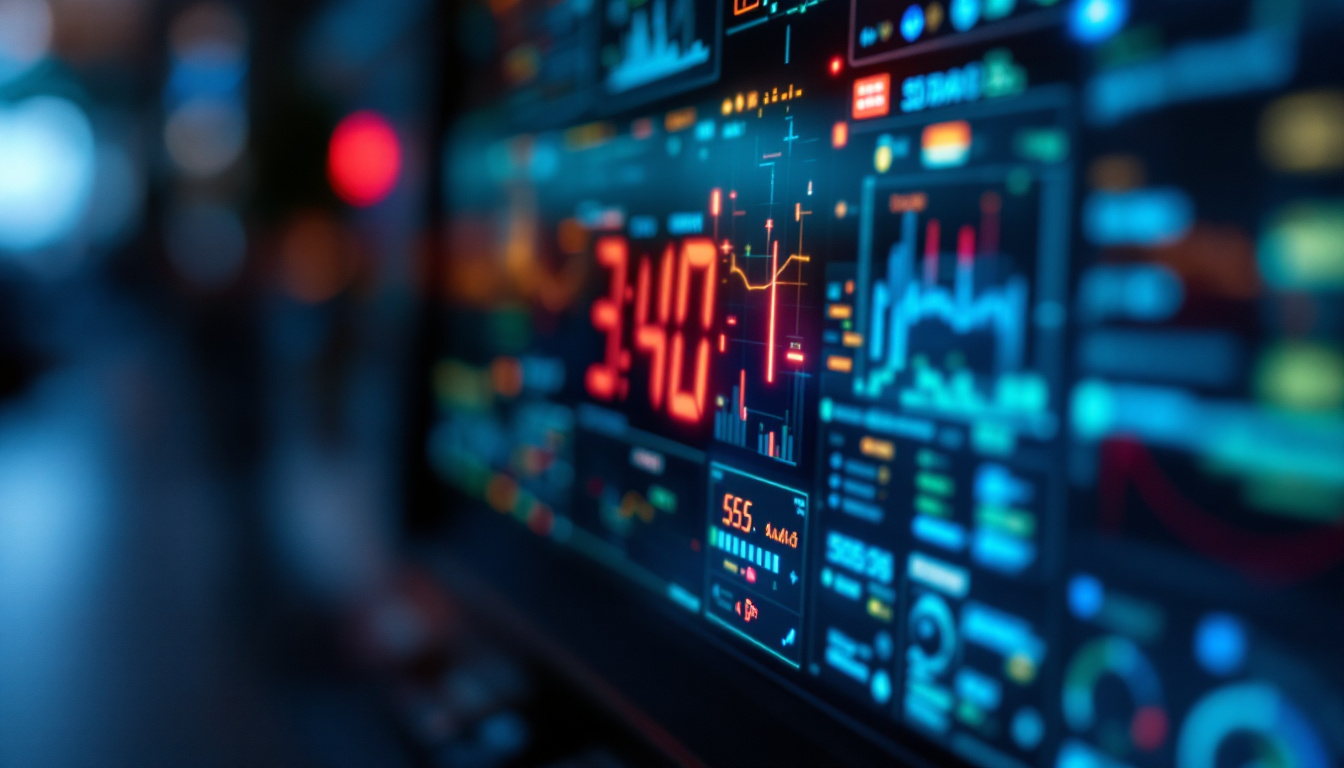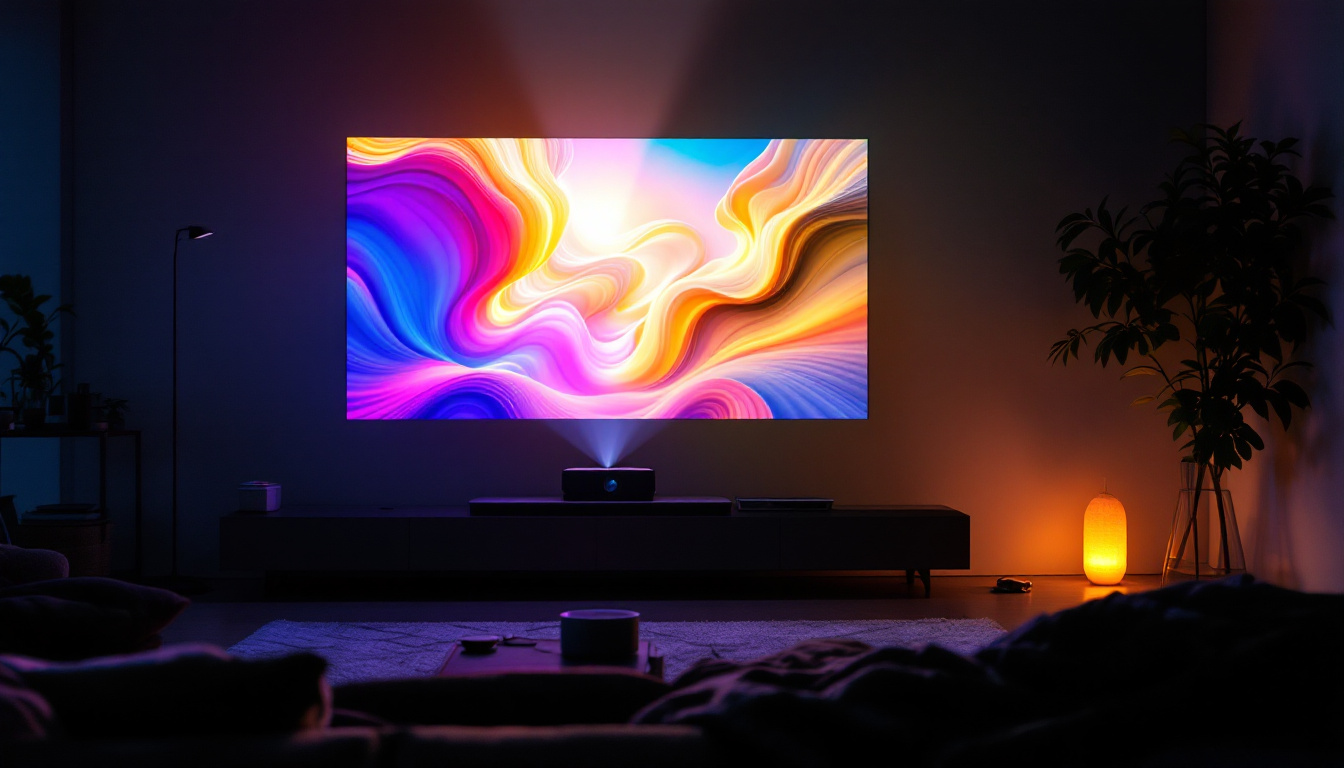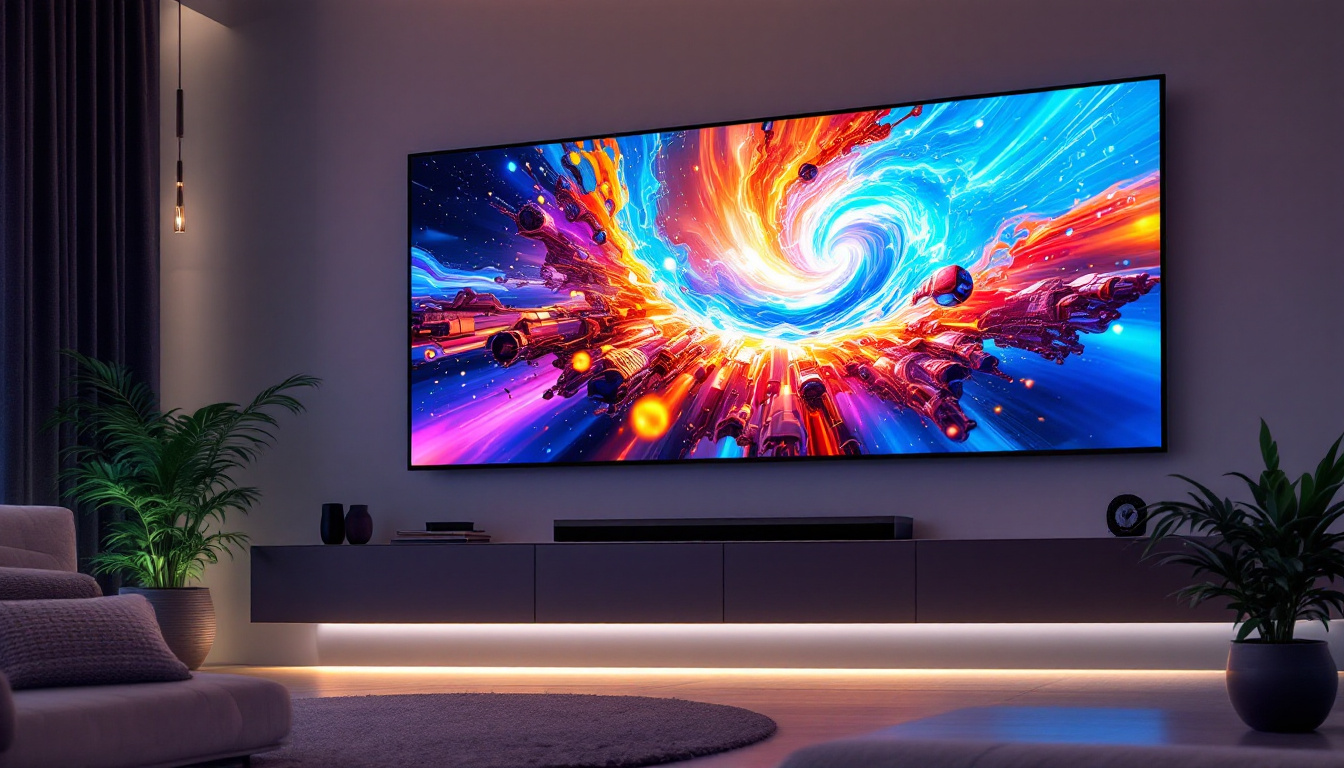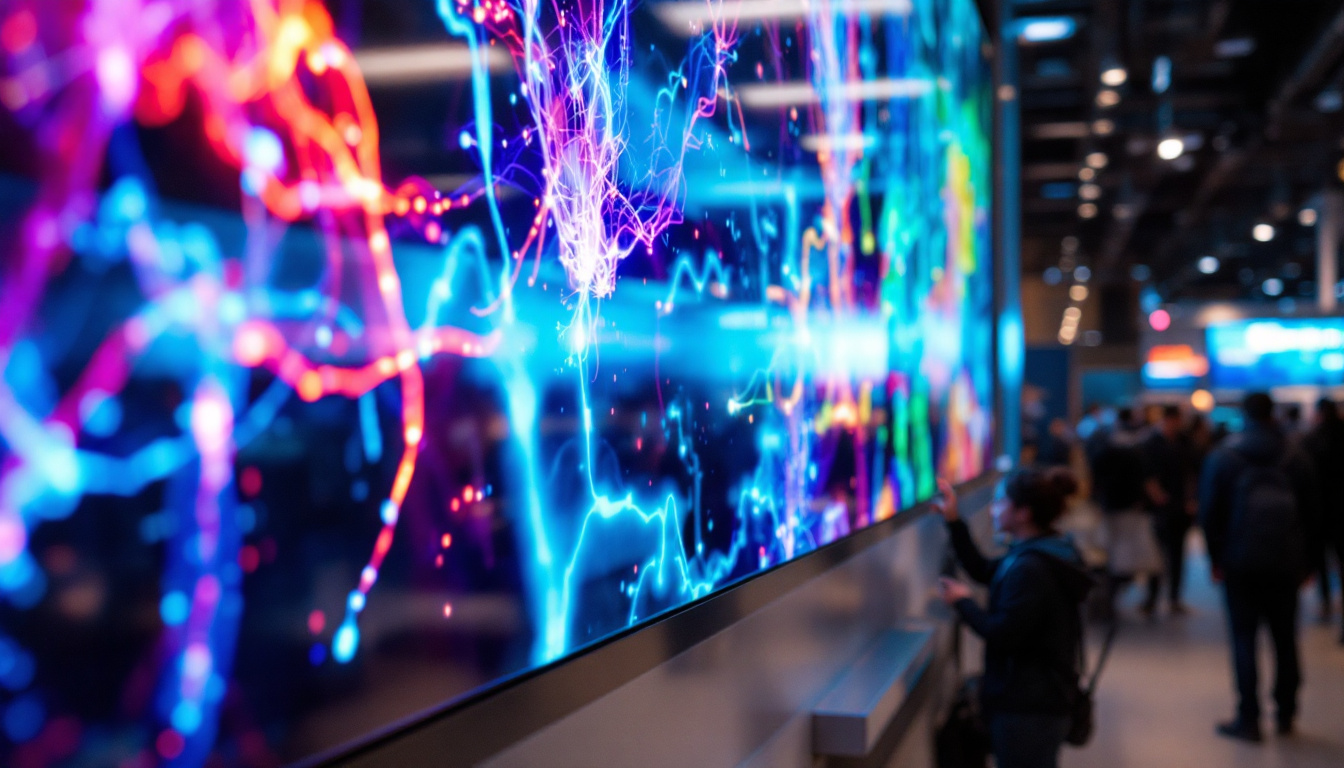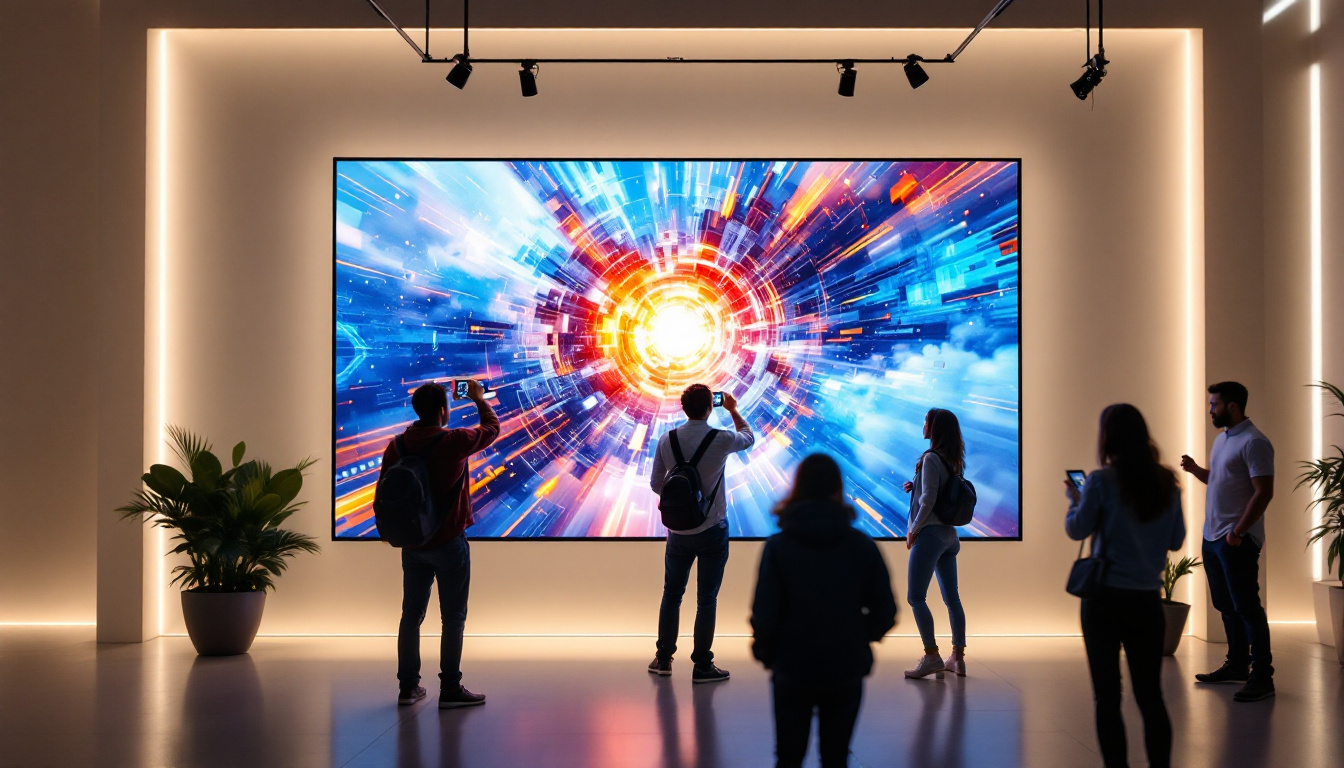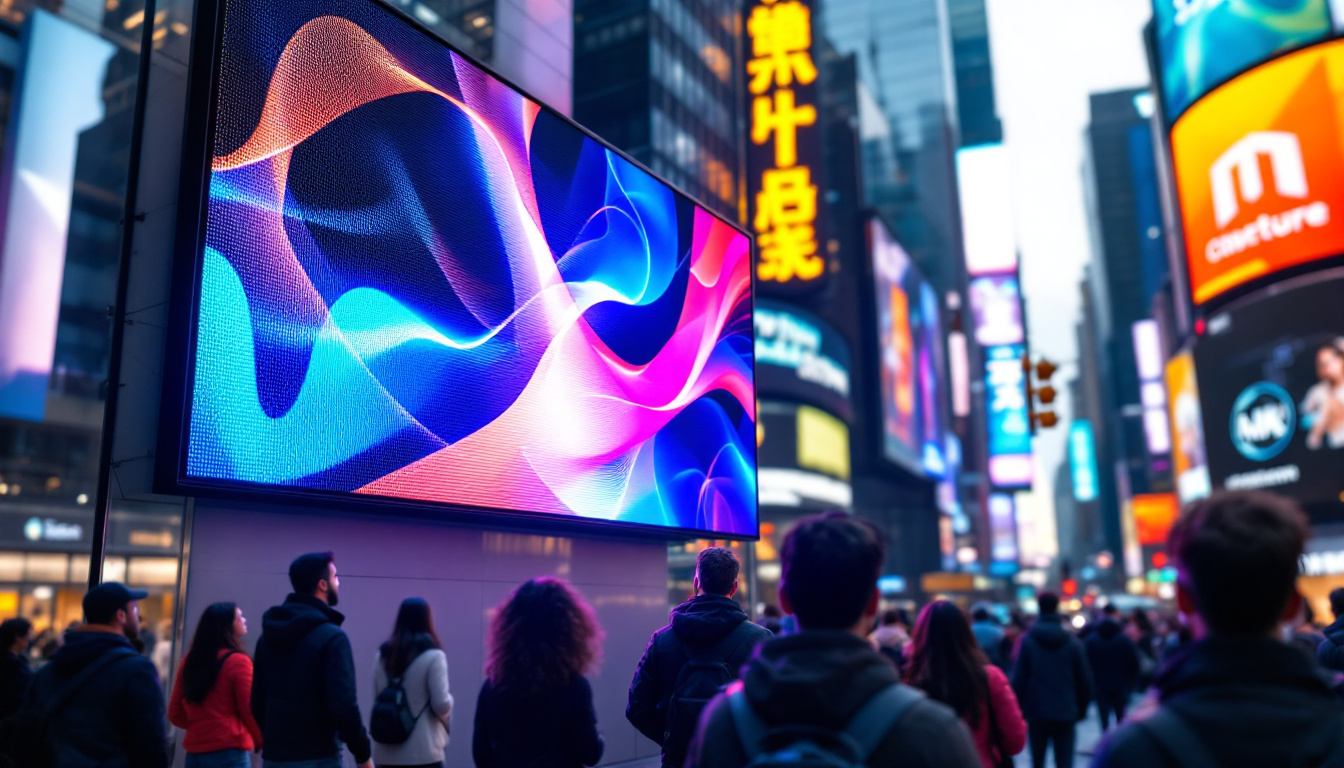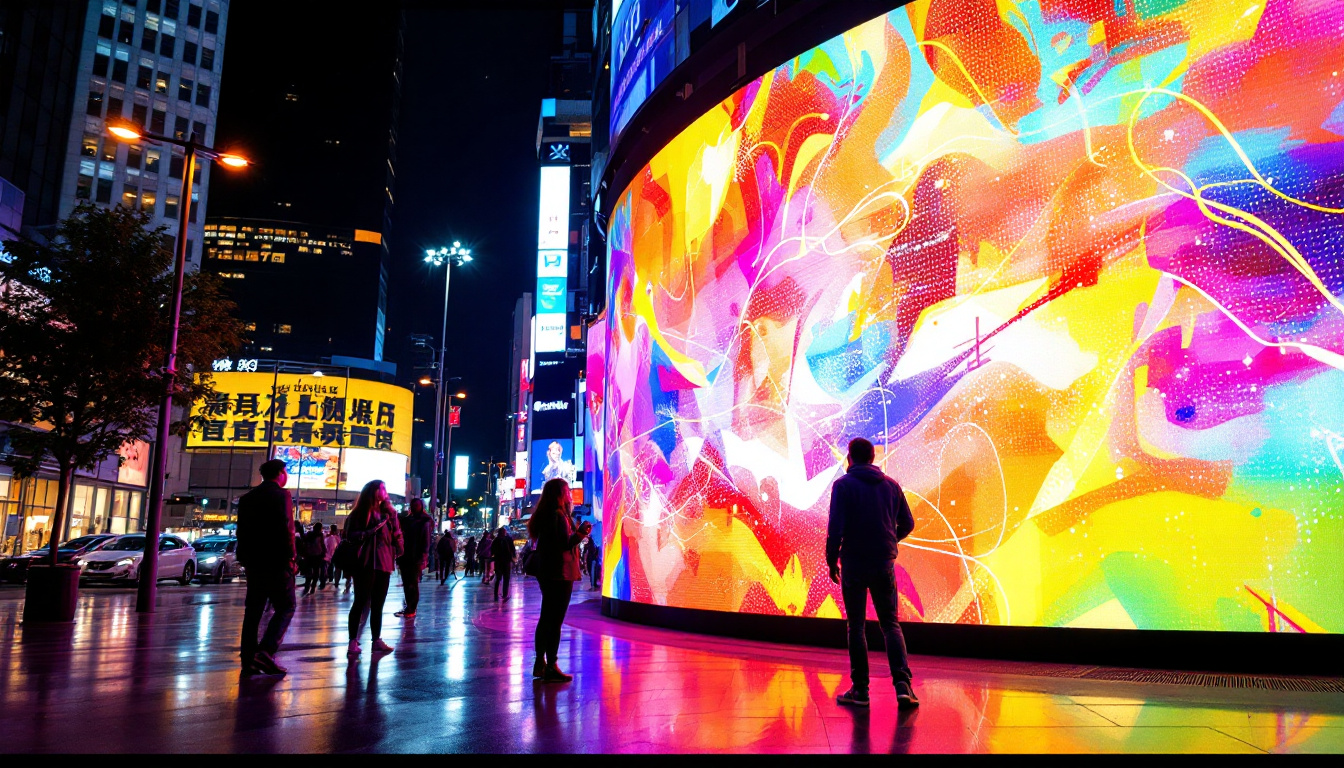Cheap LCD Screen: LED Display Explained
In today’s digital age, displays are an integral part of our lives, from smartphones to televisions and computer monitors. Among the various types of displays available, LCD (Liquid Crystal Display) screens have gained immense popularity due to their affordability and versatility. This article will delve into the intricacies of LCD screens, particularly focusing on the LED (Light Emitting Diode) technology that enhances these displays, making them a preferred choice for many consumers.
Understanding LCD Technology
LCD technology has revolutionized the way visuals are presented. It utilizes liquid crystals sandwiched between two layers of glass or plastic. When an electric current passes through these crystals, they align in a way that either blocks or allows light to pass through, creating images on the screen.
How LCD Works
The fundamental principle behind LCD technology is the manipulation of light. Unlike traditional cathode ray tube (CRT) displays, which generate their own light, LCD screens rely on an external light source. This is where LED technology comes into play.
In an LCD, a backlight illuminates the liquid crystals. The most common types of backlighting are fluorescent lamps and LEDs. The latter has gained popularity due to its energy efficiency and ability to produce brighter images with better contrast. Furthermore, advancements in LED technology have led to the development of edge-lit and full-array backlighting, which enhance the uniformity and depth of color across the entire screen. This means that users can enjoy a more immersive viewing experience, whether they are watching movies, playing video games, or working on graphic-intensive tasks.
Benefits of LCD Screens
LCD screens offer several advantages over other display technologies. Firstly, they are generally thinner and lighter, making them ideal for portable devices. Additionally, they consume less power, which is a significant consideration for battery-operated devices.
Moreover, LCD screens provide sharp images and vibrant colors, especially when enhanced with LED backlighting. This combination results in displays that are not only visually appealing but also suitable for a variety of applications, from gaming to professional graphic design. The ability to produce high resolutions, such as Full HD and 4K, further cements LCD’s position as a preferred choice for both consumers and professionals alike. Additionally, modern LCD screens often come equipped with advanced features such as anti-glare coatings and wide viewing angles, ensuring that the quality of the image remains consistent regardless of the viewer’s position relative to the screen. This versatility makes LCD technology a staple in everything from televisions and computer monitors to smartphones and tablets, catering to a wide range of user needs and preferences.
What is LED Backlighting?
LED backlighting is a technology that enhances the performance of LCD screens. It utilizes light-emitting diodes to illuminate the liquid crystals, offering several benefits over traditional fluorescent backlighting.
Types of LED Backlighting
There are primarily two types of LED backlighting: edge-lit and full-array. Edge-lit LED displays have LEDs positioned along the edges of the screen, which allows for a thinner design. However, this configuration can sometimes lead to uneven brightness, especially in larger screens where the light may not uniformly reach the center. This can result in noticeable dark spots or halos, particularly in scenes with high contrast.
On the other hand, full-array LED backlighting features a grid of LEDs behind the entire screen. This setup allows for better control over brightness and contrast, resulting in superior image quality. Additionally, full-array displays often come with local dimming capabilities, which enhance the contrast ratio by dimming specific areas of the screen. This means that while dark scenes can appear deeper and more immersive, bright scenes can shine with remarkable clarity, making full-array systems particularly favored for high-definition content and gaming.
Advantages of LED Backlighting
One of the most significant advantages of LED backlighting is its energy efficiency. LED lights consume less power than traditional fluorescent bulbs, which translates to lower electricity bills and a reduced environmental footprint. This energy efficiency not only benefits consumers but also contributes to a more sustainable approach to technology, as manufacturers increasingly prioritize eco-friendly practices in their production processes.
Furthermore, LED backlighting provides a wider color gamut and improved brightness levels. This means that images appear more vibrant and lifelike, making it an excellent choice for media consumption and professional work. The enhanced color accuracy is particularly beneficial for graphic designers and photographers who rely on precise color representation. Moreover, with advancements in HDR (High Dynamic Range) technology, LED backlit displays can achieve even greater levels of brightness and contrast, allowing viewers to experience content in a way that closely resembles real life. This capability has made LED backlighting a standard in modern televisions and monitors, appealing to both casual viewers and serious enthusiasts alike.
Comparing LCD and LED Displays
While both LCD and LED displays fall under the same umbrella, there are key differences that consumers should be aware of when making a purchase decision.
Image Quality
Image quality is often the most critical factor for consumers. LED-backlit LCDs typically offer better contrast and color accuracy compared to traditional LCDs with fluorescent backlighting. This is due to the superior brightness and color range provided by LEDs.
Additionally, LED displays can achieve deeper blacks and brighter whites, resulting in a more dynamic viewing experience. For those who watch movies or play video games, this difference can be particularly noticeable.
Cost Considerations
When it comes to cost, standard LCDs are generally cheaper than their LED-backlit counterparts. However, the price difference has been decreasing as LED technology becomes more mainstream. Investing in an LED display may be worthwhile for those who prioritize image quality and energy efficiency.
Moreover, the long-term savings on energy bills can offset the initial purchase price, making LED displays a smart investment in the long run.
Choosing the Right LCD Screen
Selecting the right LCD screen involves considering several factors beyond just price. Understanding the intended use, size, and specifications can significantly impact the overall experience.
Screen Size and Resolution
Screen size and resolution are crucial elements to consider. Larger screens provide a more immersive experience, especially for gaming and movie watching. However, the resolution also plays a vital role in image clarity. Higher resolutions, such as Full HD (1920×1080) or 4K (3840×2160), deliver sharper images and finer details.
For general use, such as browsing the web or working on documents, a lower resolution may suffice. However, for graphic design or high-definition media consumption, opting for a higher resolution is advisable.
Refresh Rate and Response Time
The refresh rate and response time are essential for gaming enthusiasts. A higher refresh rate, measured in hertz (Hz), results in smoother motion, which is particularly important in fast-paced games. A refresh rate of 60Hz is standard, but many gamers prefer 120Hz or higher for a competitive edge.
Response time, measured in milliseconds (ms), indicates how quickly a pixel can change from one color to another. Lower response times reduce motion blur, enhancing the overall gaming experience.
Maintenance and Care for LCD Screens
Proper maintenance can extend the lifespan of an LCD screen and ensure optimal performance. Regular cleaning and careful handling are essential practices that should not be overlooked.
Cleaning Techniques
When cleaning an LCD screen, it is crucial to use the right materials. A microfiber cloth is ideal for wiping the screen, as it is gentle and won’t scratch the surface. Avoid using paper towels or abrasive materials, as these can cause damage.
Additionally, it is advisable to use a cleaning solution specifically designed for electronics. Spray the solution onto the cloth rather than directly onto the screen to prevent moisture from seeping into the device.
Handling and Placement
How an LCD screen is handled and placed can significantly impact its longevity. Avoid placing heavy objects on top of the screen, as this can cause cracks or damage. Furthermore, ensure that the screen is not exposed to direct sunlight for extended periods, as this can lead to overheating and color fading.
For optimal viewing, positioning the screen at eye level and maintaining a comfortable distance can also enhance the overall experience.
Future Trends in LCD and LED Technology
The world of display technology is continually evolving, with advancements aimed at enhancing performance and user experience. Emerging trends in LCD and LED technology promise exciting developments for consumers.
Mini-LED and Micro-LED Technologies
Mini-LED and Micro-LED technologies are on the rise, offering improved brightness and contrast ratios. Mini-LED utilizes smaller LEDs for backlighting, allowing for more precise control of local dimming zones. This results in deeper blacks and brighter highlights, enhancing the overall image quality.
Micro-LED, on the other hand, represents a significant leap forward. Each pixel is an individual LED, eliminating the need for a backlight altogether. This technology promises even better color accuracy and energy efficiency, making it a potential game-changer in the display market.
Integration with Smart Technology
As smart technology continues to permeate various aspects of daily life, displays are becoming increasingly integrated with smart features. Many modern LCD and LED screens now come equipped with built-in smart capabilities, allowing users to stream content directly without the need for external devices.
This trend not only simplifies the user experience but also enhances the functionality of displays, making them more versatile and appealing to consumers.
Conclusion
In conclusion, cheap LCD screens with LED backlighting offer a compelling combination of affordability, performance, and versatility. Understanding the technology behind these displays, along with their benefits and potential drawbacks, can empower consumers to make informed purchasing decisions.
As technology continues to advance, the future of LCD and LED displays looks promising, with innovations that will enhance image quality and user experience. Whether for gaming, professional use, or casual viewing, there is an LCD screen to suit every need and budget.
Investing in a quality LCD screen with LED backlighting can provide not only immediate satisfaction but also long-term benefits in terms of performance and energy efficiency. With careful consideration and maintenance, these displays can serve as reliable companions in the digital landscape.
Discover LumenMatrix’s Advanced LED Displays
Ready to elevate your visual experience with the latest in LED display technology? Look no further than LumenMatrix, a pioneer in crafting mesmerizing LED solutions that transform any space. From vibrant Indoor LED Walls to dynamic Outdoor Displays, and from sleek LED Posters to immersive LED Sports Displays, LumenMatrix offers a comprehensive range of products designed to captivate and engage. Embrace the future of digital signage with our innovative LED Transparent Displays and Custom LED solutions that promise to deliver your message with unparalleled clarity and impact. Don’t miss out on the opportunity to redefine visual communication. Check out LumenMatrix LED Display Solutions today and witness the transformation in action.

